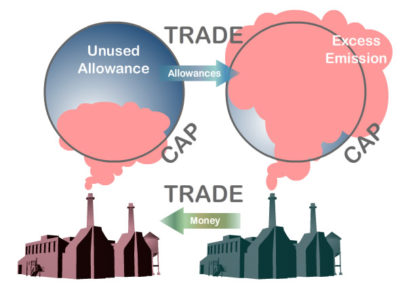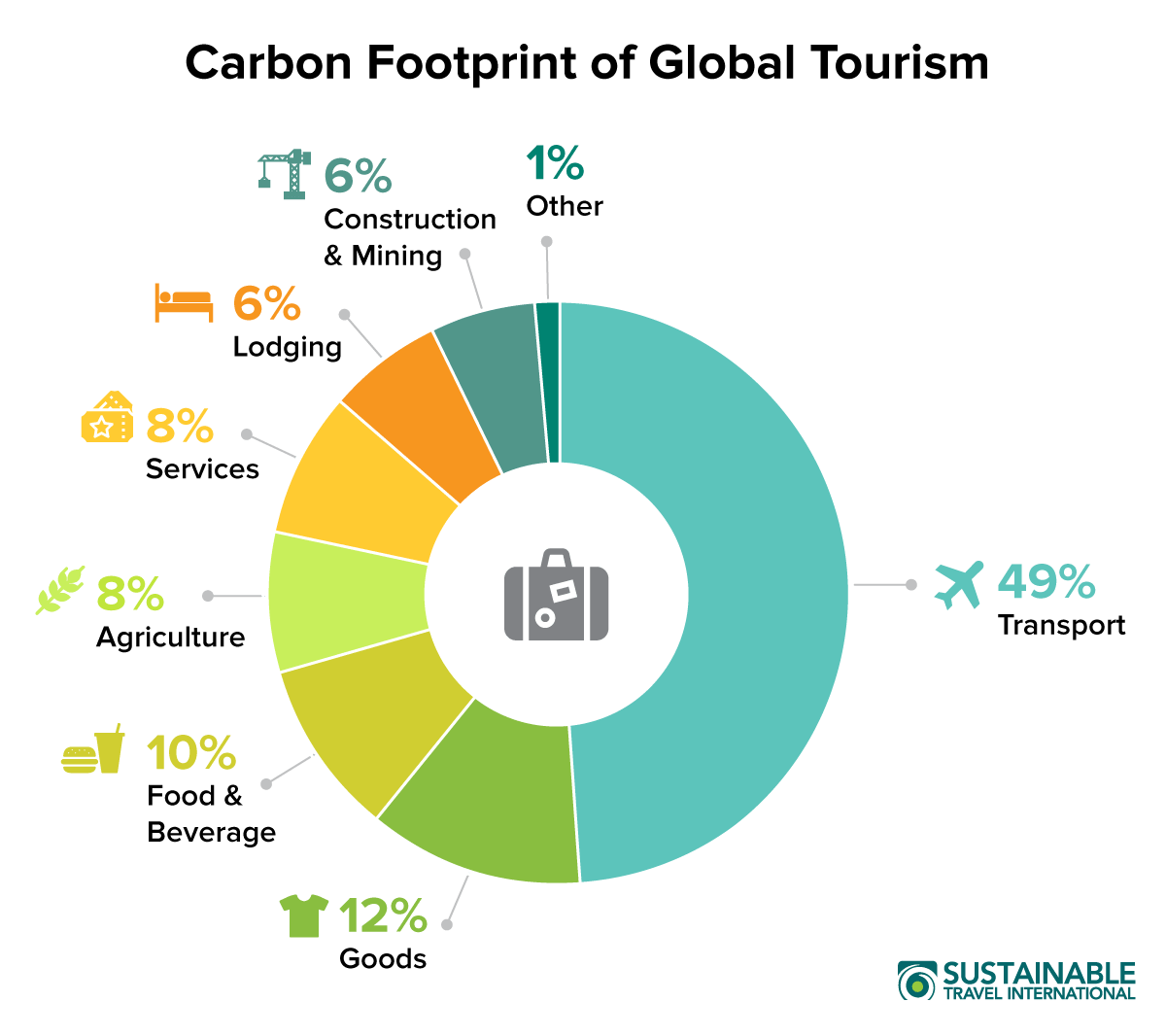After writing my issue brief on corporate companies and their overuse of carbon, one of the best policies I read about was the cap-and-trade system. The innovative idea about this is that it implements both environmental and economic policies at the same time.
To start, cap-and-trade came into action about thirty years ago. However, before, the United States and other countries used a command and control approach, where the government would enforce systematic regulations that companies had to follow. For example, the government may require companies only to purchase certain equipment that would be less harmful to the environment. The command and control approach was not extremely successful because it was much more expensive than the cap and trade approach, which is market-based. The command and approach was simply the ‘cap’ part but lacked the trade, which would lower costs and improve the economy at the same time.

There are two different parts to this: the cap, and the trade. The cap is when the government places a limit on how much carbon gases can be emitted. These corporations would receive “emissions permit” which enforce the the limit of greenhouse gases. These limits will be reduced over time to decrease emissions.
The second part of this is trade, which allows companies who generate lower emissions to sell their “leftover” carbon to larger corporations that are unable to lower emissions.. This provides an incentive to reduce emissions, because companies can gain money by selling the rest of their “emissions permit.” A revenue stream would be created if the federal government auctioned off permits to corporations that had to reduce their emissions. This entire system not only helps climate change, but also strengthens the economy, locally and nationally, through the continuous trading of permits.
Cap-and-trade would work well if it was designed and implemented correctly. Many of the reasons it has not been executed is because of unstable regulations. There are a few proposals that would allow the cap and trade system to work smoothly around the globe.

One of these being to have strict and clear rules for companies to enter this system, such as having accurate data in order to make sure these companies are following their emission permits. Another aspect that should be added is some type of monitoring device to make sure corporate companies are following through with their reductions. As of right now, the government only has an honor system for these companies to follow. If their data is constantly being followed, it will ensure companies to stick with their targets.
It is important to recognize that the cap and trade system is a valuable market-based approach to limit rising carbon dioxide emissions. Obviously, there have been numerous flaws found within this system, but if designed well it has much potential.

